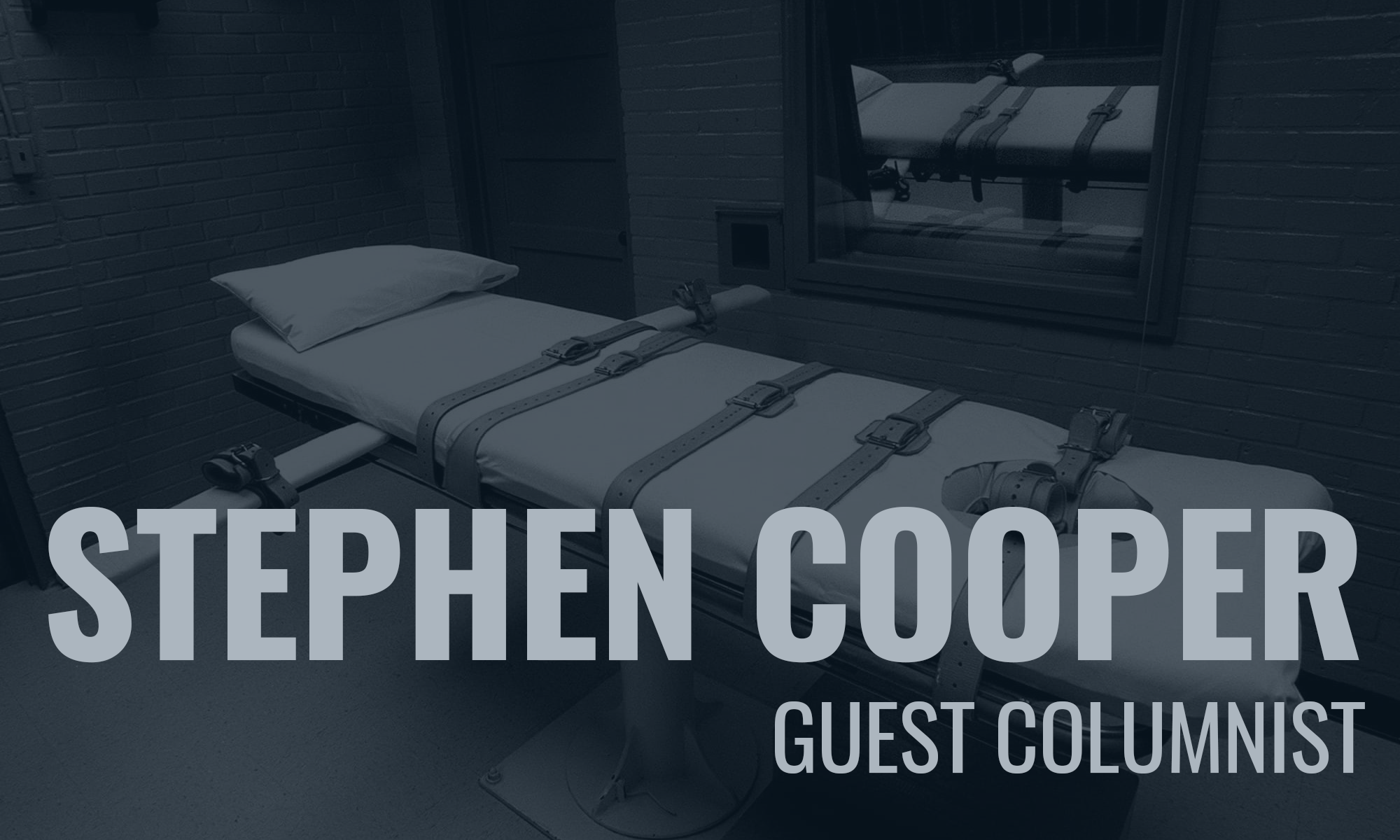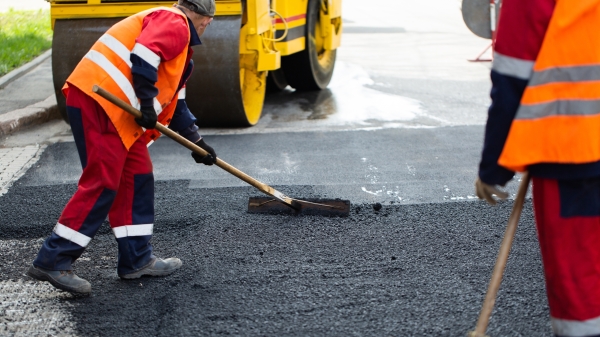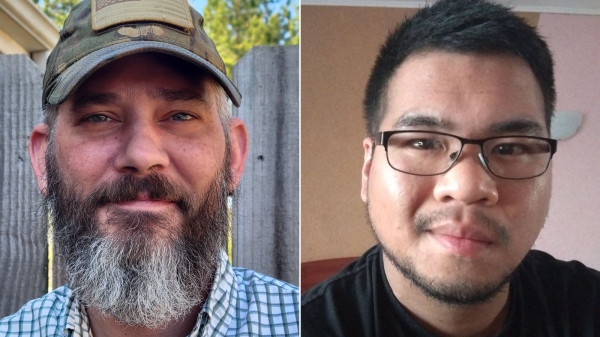On November 12, intrepid abolitionist, Sister Helen Prejean, tweeted to her legions of followers: “What do Sen. Ted Cruz, Gigi Hadid, Kim Kardashian, Sen. Elizabeth Warren, and me all have in common? We’re among a growing local and national movement asking Texas @GovAbbott to stop the scheduled Nov. 20 execution of #RodneyReed[.]”
But for Twitter’s character limitation on tweets, Sister Helen’s impressive and growing list of famous people – to publicly throw their support behind Reed’s bid to stop his impending execution – could have also included: Bernie Sanders, Kamala Harris, Julian Castro, Cory Booker, Busta Rhymes, Ayanna Pressley, Ava Duvernay, Oprah, Beyoncé, Rihanna, LL Cool J, Reggie Bush, Meek Mill, Dr. Phil, Chuck Woolery, Beto O’Rourke, Common, Questlove, Larry Krasner, Greta Van Sustren, the Dixie Chicks, and many, many more (far too many for me to likewise list here).
A day after Sister Helen’s tweet issued, on November 13, Maurice Chammah, a writer for the Marshall Project and author of a forthcoming book about the Texas death penalty, also took to Twitter; shortly before Georgia executed Ray Cromartie, Chammah insightfully observed: “Still amazed [Cromartie’s] case has not gotten much attention despite untested DNA that could implicate someone else (like #RodneyReed) and an affidavit suggesting someone else committed the murder (also like Reed).” Clearly troubled, Chammah wrote that this “presents food for thought: Why do some death row prisoners get celebrity help and others don’t? Georgia is executing Ray Cromartie tonight, and the contrast to the attention on Rodney Reed is pretty stark.”
While perhaps not a satisfying answer to Chammah’s intriguing and disturbing inquiry, New Yorker staff writer Nathan Heller has provided, albeit unwittingly, in his July 1st article about the inequities of using GoFundMe to crowdfund medical costs, searing analysis I submit is equally applicable to why some death row prisoners receive more media and celebrity support than others.
Heller quotes GoFundMe’s C.E.O. Rob Solomon, who, while grimacing, admitted that “The reality of the social web is that connections are important,” and success raising money “really is dependent on a lot of different factors – like your network or your ability to tell a story that travels.” This led Heller to dolorously conclude: “People can speak their truths and still get lost within a labyrinth of trending interests, channeled audiences, and ten million individuated heartfelt pleas that don’t connect.”
The same is true for prisoners on death row. The arbitrariness and the disparity in media and activist attention between different cases involving death row prisoners is itself a horror, and an unseemly byproduct of state-sponsored killing. This is true despite the fact that cases like those of Rodney Reed, Troy Davis in Georgia (in 2011), Keith Tharpe (also in Georgia), and Julius Jones (in Oklahoma), have successfully, though fleetingly, managed to seize and hold a sizable portion of the public’s sympathy for a measurable period of time; generally, only until after execution though. After that, it’s only trench weary abolitionists, defeated lawyers, and the demoralized friends and relatives of the executed that continue to carry the pain. And the loss. And the damn injustice of it all.
The outsized difference in the media (and the resulting public) attention to the cases of different death row prisoners – despite often hard to discern differences legally, morally, and ethically – is why, rhetorically, in 2018, after the well-publicized botched execution of Doyle Hamm in Alabama, I bitterly observed: “If you have a high-profile lawyer with powerful friends and you’re tortured while on death row in Alabama, everyone in the nation not only knows about it – overwhelmingly, especially in liberal, progressive, civilized circles of thought and news – they’re righteously appalled. But poor death row inmates in Alabama . . . whose stories are not featured in the New Yorker multiple times, and, who have no well-connected, media-savvy friends and supporters? They can be tortured just as terribly, just as brutally – they can be killed barbarically – and not many people in America, much less the rest of the world, knows a thing about it. Or worse, cares.”
And so what I’d like to impress upon all people – the rich and powerful, but also the poor and unconnected, and all those in between – newly woken to the death penalty’s repugnance because of what they’ve heard and read about Rodney Reed: Rodney Reed’s case is no different than that of any other death penalty case in at least one regard. He’s a flesh-and-blood human being who deserves humane and just treatment, not extermination, regardless of whether you believe he is innocent and hasn’t had a fair legal process.
Stephen Cooper is a former D.C. public defender who worked as an assistant federal public defender in Alabama between 2012 and 2015. He has contributed to numerous magazines and newspapers in the United States and overseas. He writes full-time and lives in Woodland Hills, California. Follow him on Twitter at @SteveCooperEsq






















































